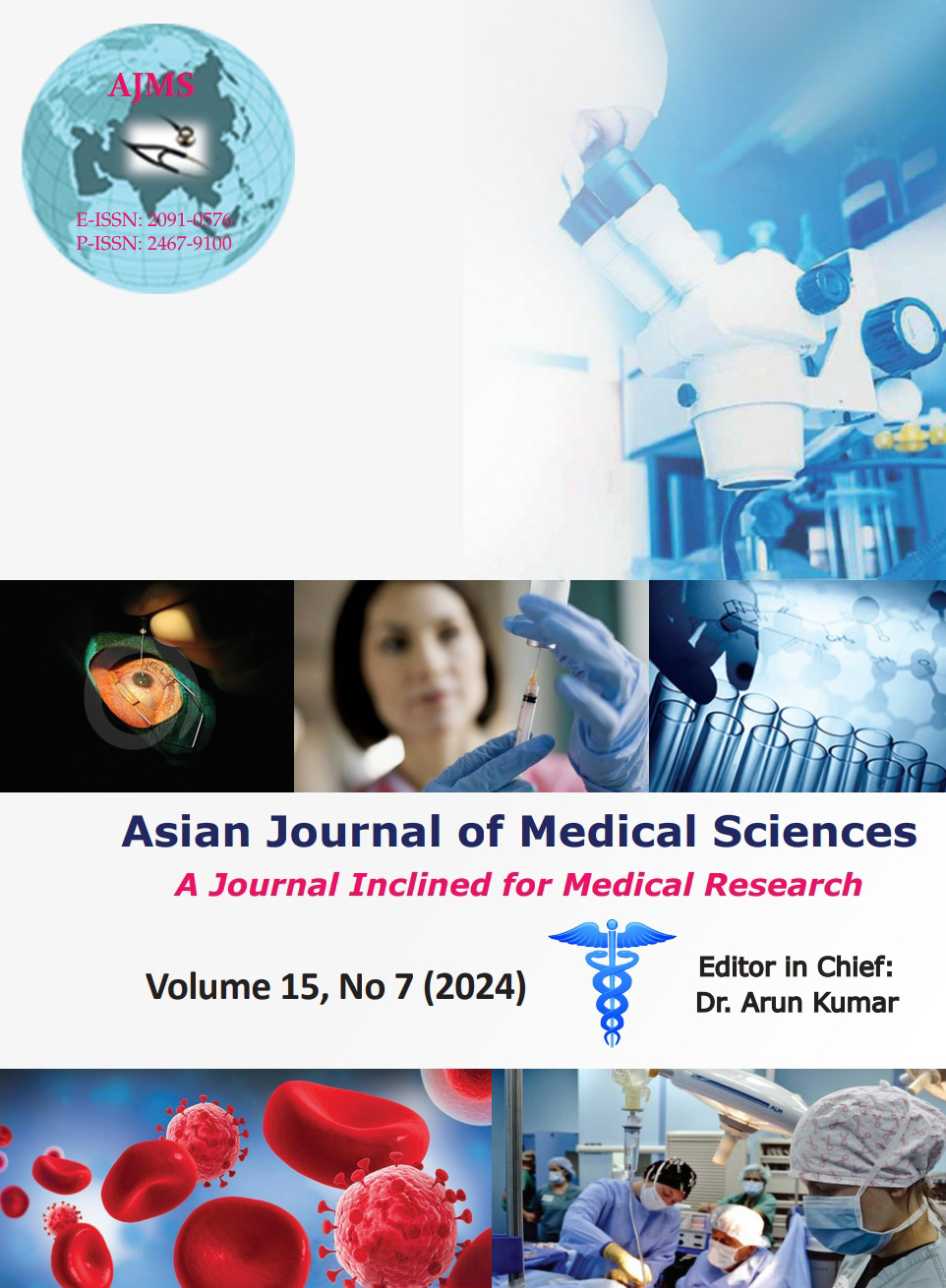Comparison between mini-percutaneous nephrolithotomy and retrograde intra renal surgery for the management of lower calyceal calculi of size less than 1.5 cm : Our institutional experience
Keywords:
Mini-perc; Retrograde intrarenal surgery; Renal calculus; Post-operative blood loss; Operative timeAbstract
Background: The treatment of lower calyceal calculi with a size <1.5 cm remains a subject of debate. Mini-percutaneous nephrolithotomy (Mini PCNL) and retrograde intrarenal surgery (RIRS) are both effective options, but there is a need for comparative analysis to determine the optimal approach. Mini-perc has the advantage of direct visualization and efficient fragmentation and clearance, while RIRS is a minimally invasive technique with excellent visualization and minimal morbidity.
Aims and Objectives: This study aims to evaluate and compare the efficacy, safety, and outcomes of mini-perc PCNL and RIRS in the management of lower calyceal calculi.
Materials and Methods: This retrospective comparative cohort study included a total of 72 patients with lower calyceal calculi <1.5 cm. Thirty-six patients underwent mini-perc, and 36 patients underwent RIRS.
Results: No significant differences were observed in patient demographic characteristics, stone size, or stone location between the mini-perc and RIRS groups. The mini-perc group had a significantly higher stone-free rate (SFR) (94.4%) compared to the RIRS group (86.1%) (P<0.05). The mini-perc technique had a higher success rate in first-session stone clearance (88.9%) compared to RIRS (77.8%) (P<0.05). The mini-perc group had a longer operative time, higher estimated blood loss, and a longer post-operative hospital stay compared to the RIRS group (P<0.05).
Conclusion: Both mini-perc and RIRS techniques are effective for managing lower calyceal calculi <1.5 cm. Mini-perc offers a SFR and a better success rate in first-session stone clearance compared to RIRS. However, mini-perc procedures are associated with longer operative time, higher estimated blood loss, and a longer post-operative hospital stay.
Downloads
Downloads
Published
How to Cite
Issue
Section
License
Copyright (c) 2024 Asian Journal of Medical Sciences

This work is licensed under a Creative Commons Attribution-NonCommercial 4.0 International License.
Authors who publish with this journal agree to the following terms:
- The journal holds copyright and publishes the work under a Creative Commons CC-BY-NC license that permits use, distribution and reprduction in any medium, provided the original work is properly cited and is not used for commercial purposes. The journal should be recognised as the original publisher of this work.
- Authors are able to enter into separate, additional contractual arrangements for the non-exclusive distribution of the journal's published version of the work (e.g., post it to an institutional repository or publish it in a book), with an acknowledgement of its initial publication in this journal.
- Authors are permitted and encouraged to post their work online (e.g., in institutional repositories or on their website) prior to and during the submission process, as it can lead to productive exchanges, as well as earlier and greater citation of published work (See The Effect of Open Access).




